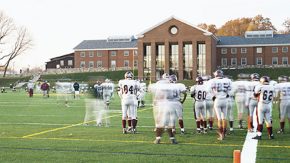Sprain that becomes a Pain: Ankle injuries
Most people will suffer an ankle sprain at some time in their lives. The majority will settle quickly within one to three weeks, allowing rapid return to normal function. A moderate percentage will continue to be troubled by on-going symptoms, including pain, swelling, stiffness and/or instability.
To understand why, it is important to consider the anatomy and structures that can be damaged in an “ankle sprain”.
The ankle comprises of the tibia, fibula and talus bones, which are arranged in a mortise (house), which is held together by a capsule and ligaments. The lateral ligaments (outside), anterior talofibular, calcaneofibula and posterior talofibular ligaments restrict inversion (inward) movement, the most common direction for a sprain.
In all ankle sprains, there is potential damage to the joint (articular) cartilage. This aspect may be overlooked initially, but can represent the most serious threat in the long-term. Look for focal tenderness on the front of the ankle with a history of ongoing pain and swelling that is activity induced and does not reduce within three weeks.
Common sprains of the lateral ligaments are treated with ice, compression and elevation for 24-48 hours. Most cases will not require x-ray. Early weight-bearing is encouraged followed by a functional rehabilitation program involving balance and strength work such as one leg standing and calf raises. Optimally, this should be supervised by a Physiotherapist although suitable exercises can be found on the internet. Most ankle sprains should have fully recovered in one to four weeks.
To learn more about College Physiotherapy or to book in for an appointment, visit the College Physiotherapy SPACE.
College Physiotherapy






